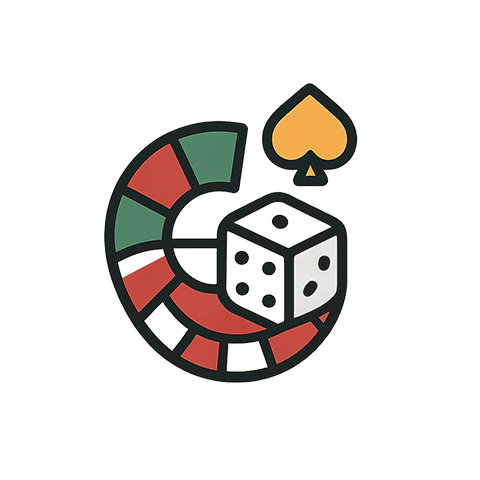Five Dramatic Ways Poker is Just Like a Theatrical Performance
At first glance, poker and theater may seem like worlds apart—one is a card game rooted in strategy and chance, while the other is an expressive art form meant to evoke emotion. Yet, for those who have ever sat at a poker table, the game often feels like stepping onto a stage. The theater of the poker table is alive with tension, deception, and character-driven drama that can rival any play. Here’s a deep dive into five ways poker mirrors a theatrical performance, capturing the essence of emotion, strategy, and timing.
1. The Poker Table as a Stage
Like actors on a stage, poker players occupy distinct roles under the spotlight. Each seat at the table is a designated stage position, where players perform their parts—whether it’s the confident bluff, the nervous newbie, or the contemplative strategist. The felt-covered table serves as the physical space where drama unfolds, complete with an audience of fellow players and onlookers. The ambiance, much like a theater’s setting, contributes to the overall mood and intensity, enhancing the immersive experience.
2. The Art of the Mask: Poker Faces and Character Development
In theater, masks allow actors to portray emotions or characters different from their own. Poker demands its own kind of mask—the infamous “poker face.” Players cultivate this controlled expression to conceal true feelings, intentions, and the strength of their hand. Just as a theater performer develops a character’s persona, a poker player shapes their own “character” over the course of the game, adapting and evolving to manipulate opponents’ perceptions.
3. Timing and Pacing: The Pulse of the Performance
Theater thrives on timing—pauses, rhythm, and buildup that create tension and release. Similarly, poker is a game of pacing, where the speed of a player’s moves can signal confidence or hesitation. The strategic use of timing when betting, raising, or folding can unsettle opponents or build suspense. Mastering this tempo is like choreographing a scene that keeps the “audience” guessing what will happen next.
4. Improvisation: Responding to the Unexpected Plot Twists
Actors often rely on improvisation when an unscripted moment occurs on stage. Poker players face similar unpredictability with the shuffle of the deck and the decisions of their rivals. The ability to think on one’s feet, adjust tactics instantly, and craft convincing narratives through betting is key. This spontaneity injects life into the game, turning a simple card game into a dynamic story filled with suspense and surprise.
5. The Climax and Resolution: The Showdown’s Dramatic Finale
The crescendo of any theater piece is its climax—the moment where tension reaches its peak and conflicts resolve. In poker, this moment arrives at the showdown. After rounds of bluffing, betting, and reading opponents, the final cards are revealed, and the fates of all players are decided. This reveal is laden with anticipation and emotion, much like a pivotal scene where truth is unveiled and the narrative’s outcome is sealed.
When you sit down at a poker table, remember that you’re not just playing cards—you’re stepping into a theater of human psychology, performance, and drama. By embracing this perspective, every hand becomes more than a game; it transforms into a captivating act within the grand play of poker life.




